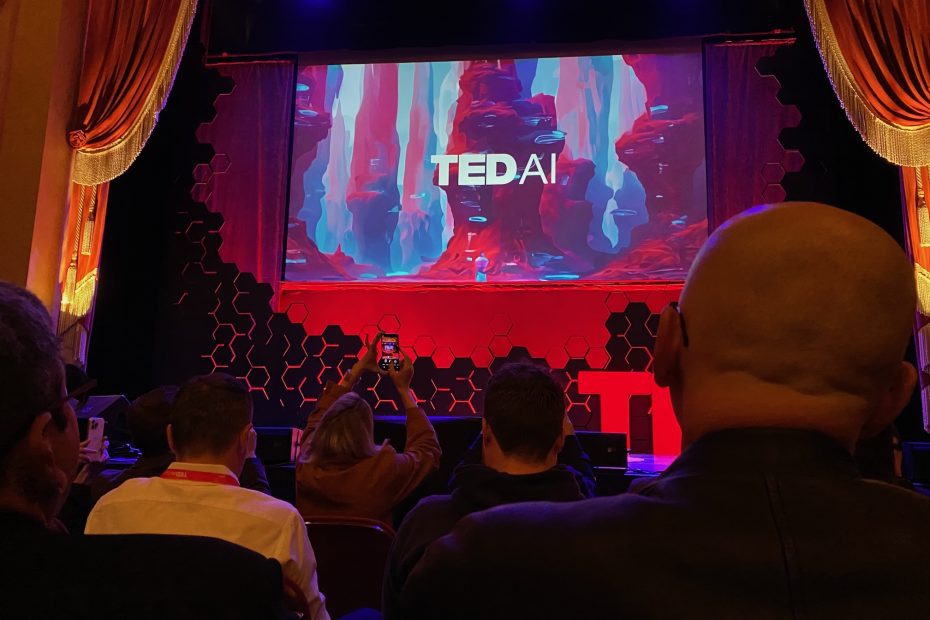SAN FRANCISCO – On Tuesday, TED AI 2024 kicked off its first day at the Herbst Theater in San Francisco with a series of speakers discussing the impact of AI on science, art and society. The two-day event brought together a mix of researchers, entrepreneurs, lawyers and other experts who painted a complex picture of AI with relatively minimal hype.
The second annual conference, organized by Walter and Sam De Brouwer, marked a notable shift from last year's broad existential debates and proclamations about AI as 'the new electricity'. Instead of making sweeping predictions about, for example, the emerging artificial general intelligence (although some of that still existed), the speakers focused mainly on the immediate challenges: battle for the rights to train data, proposals for hardware based regulation, debates on human-AI relations. and the complex dynamics of workplace adoption.
The day's sessions covered a broad spectrum: physicist Carlo Rovelli explored consciousness and time, Project CETI researcher Patricia Sharma demonstrated efforts to use AI to decode whale communications, Harvey Mason Jr., CEO of the Recording Academy, outlined adaptation strategies for the music industry, and even a few robot appearances were made.
The shift from last year's theoretical discussions to practical problems was particularly evident during a presentation by Ethan Mollick of the Wharton School, who addressed what he called “the productivity paradox”: the discrepancy between the measured impact of AI and the perceived benefits in the workplace. Organizations have already moved past the gee-whiz period following the introduction of ChatGPT and are beginning to delve into the implications of widespread use.
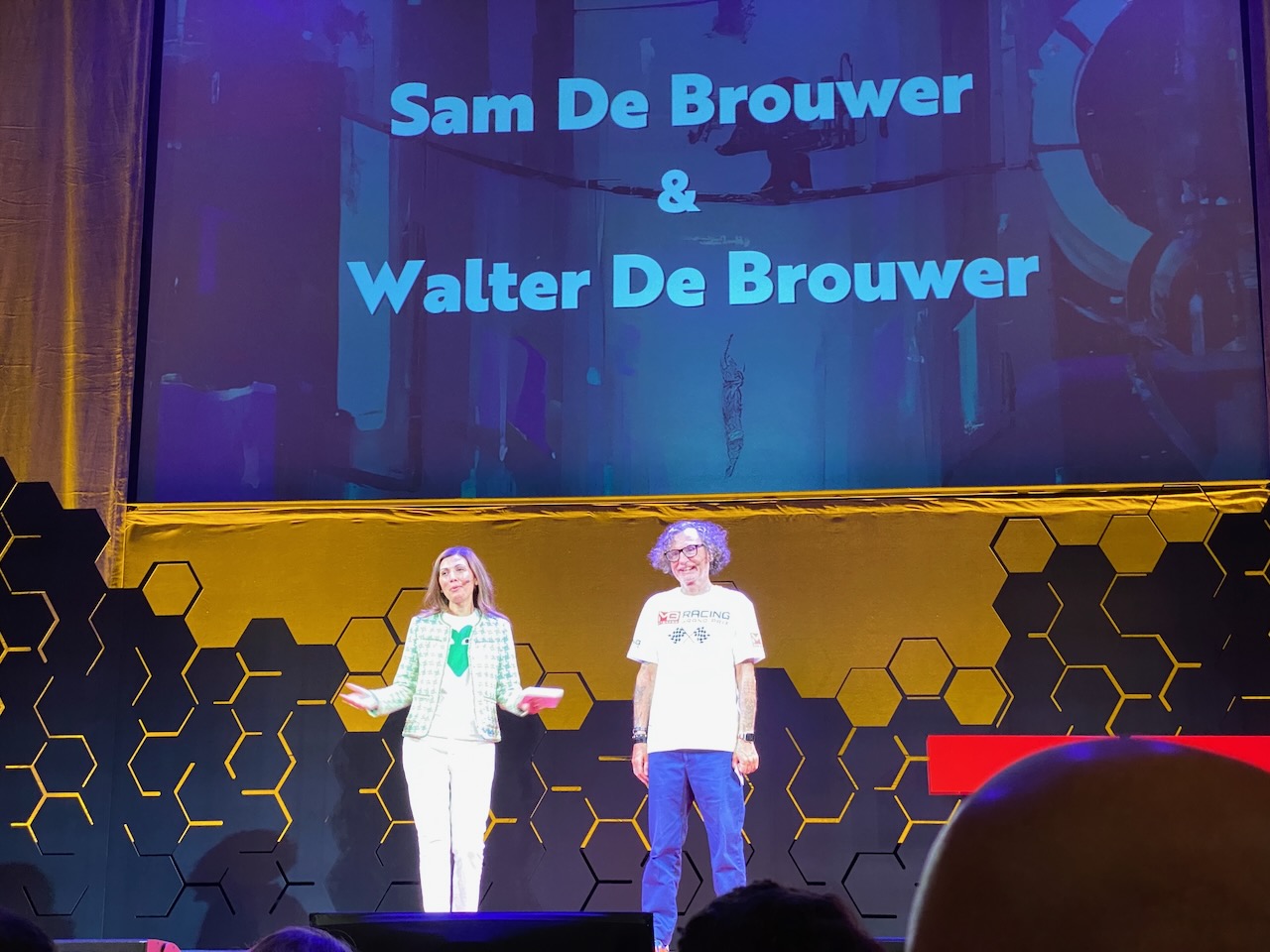
Sam De Brouwer and Walter De Brouwer organized TED AI and selected the speakers.
Ben Edwards
Sam De Brouwer and Walter De Brouwer organized TED AI and selected the speakers.
Ben Edwards
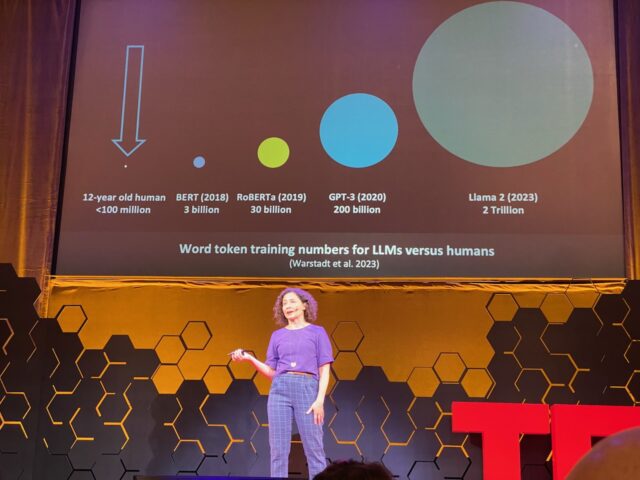
Linguist Jessica Coon presents at TED AI 2024.
Ben Edwards
Linguist Jessica Coon presents at TED AI 2024.
Ben Edwards
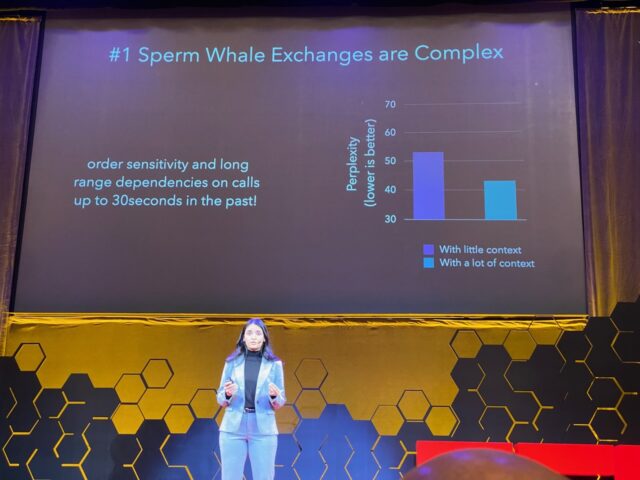
Project CETI researcher Patricia Sharma presents at TED AI 2024.
Ben Edwards
Project CETI researcher Patricia Sharma presents at TED AI 2024.
Ben Edwards
Linguist Jessica Coon presents at TED AI 2024.
Ben Edwards
Project CETI researcher Patricia Sharma presents at TED AI 2024.
Ben Edwards
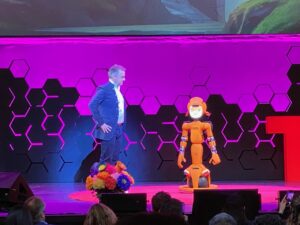
Jerome Monceaux. founder of Enchanted Tools and the Mirokaï robot.
Ben Edwards
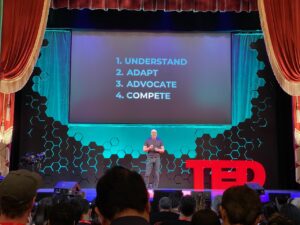
Recording Academy CEO Harvey Mason Jr. shared a “survival guide to human creativity.”
Ben Edwards
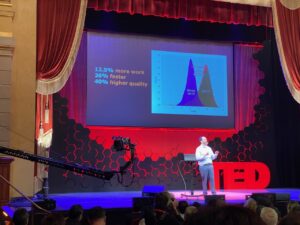
Ethan Mollick presents at TED AI 2024.
Ben Edwards
Based on research showing that AI users complete tasks faster and more efficiently, Mollick highlighted a curious phenomenon: While a third of Americans reported using AI in August this year, managers often claim that “no one is using AI” in their organizations . Through a live demonstration using multiple AI models simultaneously, Mollick illustrated how traditional work patterns must evolve to meet the capabilities of AI. He also pointed to the rise of what he calls “secret cyborgs”: employees who quietly use AI tools without management's knowledge. Regarding the future of jobs in the AI era, he urged organizations to view AI as an opportunity for expansion and not merely as a cost-cutting measure.
